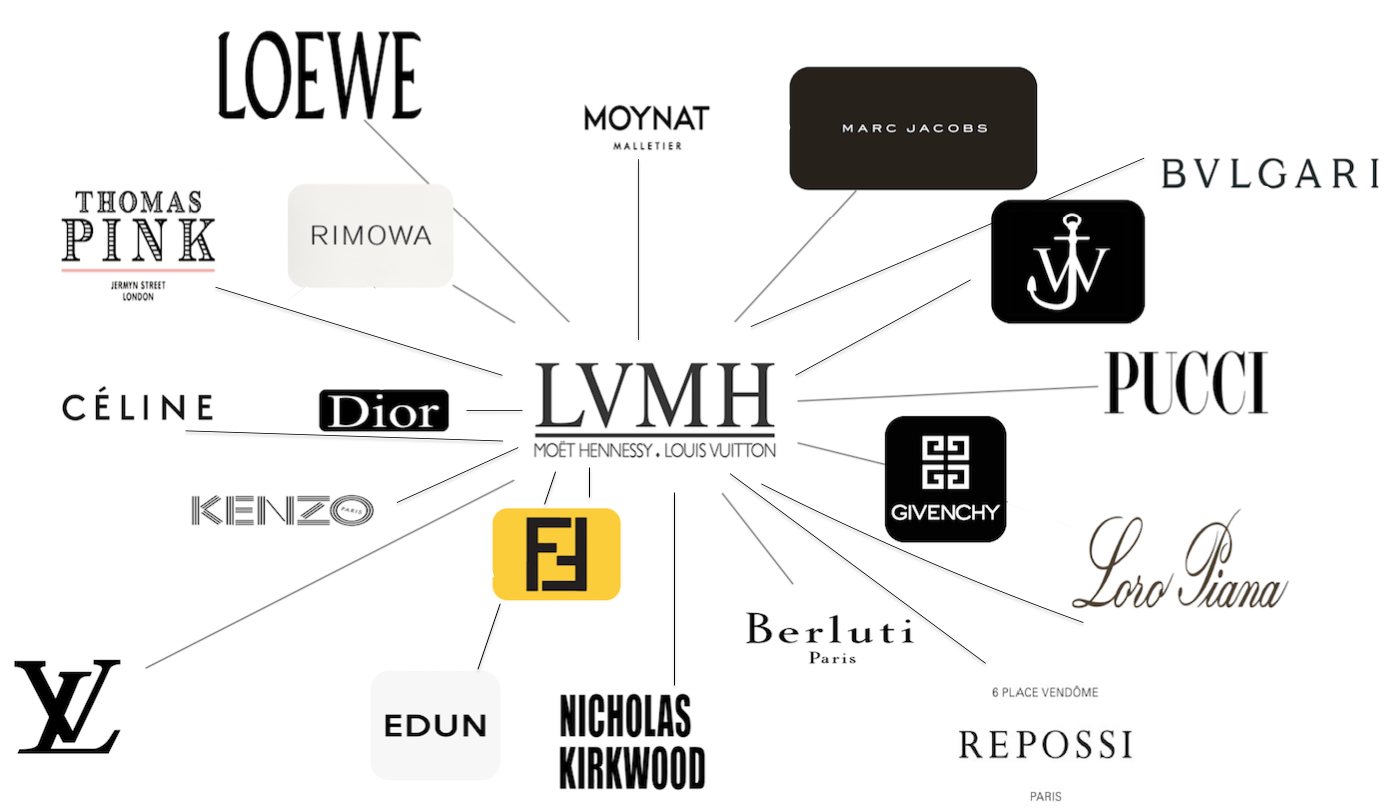One of my favorite stories (and I have many) is of the disoriented English traveler in colonial India who, after walking in circles for several hours, asks a native passerby how one gets to Delhi. To the Englishman’s bafflement, the local sage says, “You can’t get there from here…”
At times, many of my friends and colleagues, just like that befuddled Englishman, argue that we cannot get to a sustainable economy because consumerism—the potent drug that most of the world is addicted to—will simply not allow it. My San Francisco Science (SFS) associates and I beg to differ. We believe that the world is being driven towards a sustainable life-style because of consumerism, not despite it.
At San Francisco Science, we thrive on ideas that lead to a sustainable economy because despite common wisdom which places great emphasis on price, our experiences (and the data) show that millennials and the generations following in their wake are quite willing to swap low costs for sustainability. This is not always true for any degree of costs or sustainability, but where the consequences are demonstrable and the sustainability palpable, the market clearly favors sustainable products over low-cost products.
In the Photo: San Francisco Science Clinical Researchers Photo Credit: San Francisco Science
MeFree: Metal-Free Leather
Presently, for example, SFS is working with a partnership between tanners in Italy and Spain, known as MeFree. Tanning is among the top-five polluting industries in the world, yet the consumers’ appetites for leather goods know no bounds. Indeed, high-end fashion brands are buying tanneries to safeguard supplies because the worldwide market in leather accessories is surging, hitting US$46 billion in 2015. In light of this, SFS and MeFree have brought to market a metal-free tanning process which does not drop heavy metals into the environment and which allows for the reclamation of most of the water used in the tanning process—water that today is unusable.
In the Photo: Me-free Logo. Photo Credit: San Francisco Science
It has taken nearly a decade, millions of dollars and untold trials and errors to get the MeFree process to where it is today: a metal-free, water-efficient, non-polluting, quality-delivering tanning process or, in short, sustainable leather. Developing this process and perfecting this process has been a costly labor of love. We undertook it in the face of conventional wisdom at the time, which decreed that no one cared about pollutants in their leather; that no one would prefer a sustainable article over a traditional one; and that no one would seek-out a trademark declaring “Metal-Free Leather.”
Related Articles:
![]() “SAN FRANCISCO, CA: A LIVABLE FUTURE DESPITE ‘THE NEW ABNORMAL'”
“SAN FRANCISCO, CA: A LIVABLE FUTURE DESPITE ‘THE NEW ABNORMAL'”
by London Breed
![]() “HOW SUSTAINABLE TRANSPORTATION DRIVES SUSTAINABLE CITIES”
“HOW SUSTAINABLE TRANSPORTATION DRIVES SUSTAINABLE CITIES”
by Deanna Shen
Most luxury labels talk the talk of sustainability. For example, Kering executives have spoken of metal-free leather sometime in the near future, and LVMH executives have expressed similar sentiments. To date, however, neither can boast a complete line of metal-free leather. Thus, an innocent bystander may assume that as the luxury-houses go, so does the market. However, they would be mistaken. The market is already feeling the pressure of the environmentally-conscious consumer and that pressure is growing. SFS and MeFree are proud to be in the sustainability vanguard, and SFS’s risk-taking approach and strong commitment in this field reflects its San Francisco heritage of “doing good to do well.”
skyTran: Elevated Transportation
Another example of SFS’ commitment to sustainability is its engagement with skyTran, an elevated transportation company. Years ago, SFS realized that a high quality of life is not possible without quality transportation. Thus, in the face of great skepticism and risk, and over several long years, SFS funded and contributed to the development of a unique and technologically-advanced mode of elevated transportation. In so doing, SFS sought to assure that San Franciscans and people worldwide would spend their time doing what they want to do and not what traffic wants them to do. This effort culminated with international agreements both to develop the technology and to implement it.
While the jury is still out on when and if skyTran will become a viable mode of alternative transportation, SFS did its share through the skyTran engagement to kick-start other efforts to find solutions to the challenge of all-hour gridlock. Today, the world is flush with several companies—companies such as The Boring Company, Hyperloop, and Mobileye—all working to alleviate traffic and its attendant stress.
https://www.youtube.com/watch?time_continue=39&v=tfV8z2JY_bI
TerraScan: Innovative Pollination Methods
A final example of SFS’s contributions towards sustainability would be its collaboration with TerraScan, an agri-tech company which has devised methods to pollinate fruit and nut trees. This is a monumental and highly important undertaking, as agriculture is currently facing a do-or-die moment with the collapse of beehives worldwide. Can we sustain agriculture as we know it through the use of drone aircraft? This is a critical test of technology in the aid of human-kind. While scientists work to understand and hopefully remedy the devastation caused by beehive collapse syndrome, can we—the technologists, the financiers, and the creative forces—find a way to tide the world over through unique, innovative methods?
In the Photo: A TerraScan Drone. Photo Credit: TerraScan
Once these solutions have been established here, we can send a message to the world that San Francisco’s technological prowess holds the key to civilization’s woes.
MeFree, skyTran, and TerraScan each address challenges that we face in the San Francisco Bay Area and in California. Once these solutions have been established here, we can send a message to the world that San Francisco’s technological prowess holds the key to civilization’s woes. The city of San Francisco has been a place of dreams and dreamers since the first gold rush. San Francisco Science is proud to continue that glorious dreamer tradition. It is a great privilege to work in the San Francisco Bay Area, finding and developing San Francisco-related technology.



















